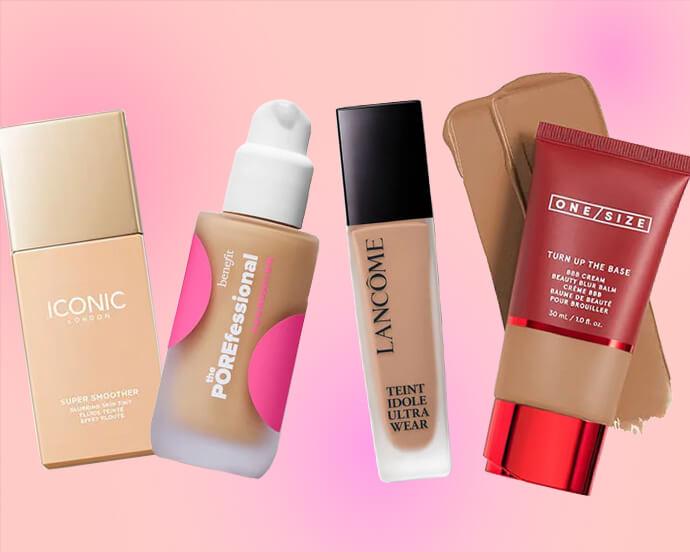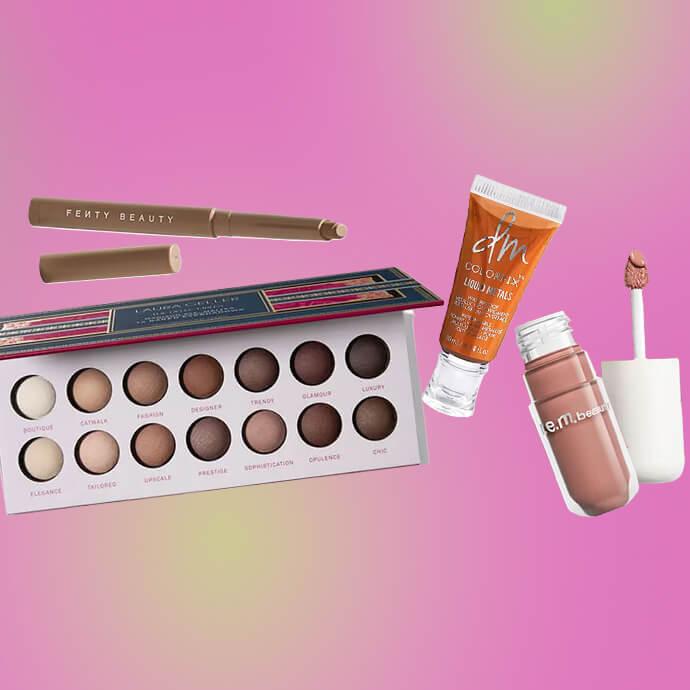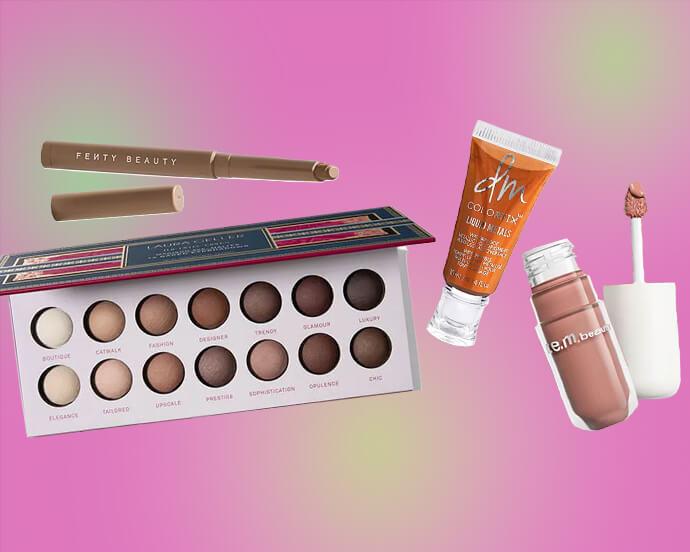Here’s Exactly How to Self-Tan Your Face Like a Pro



Brittany Leitner


Spray tanning your face is no doubt intimidating. I mean, if you make one wrong move you can end up looking like a sketch comedy character committing to “the bit.” That’s why many people leave their face self-tanning to the professionals, if they’re even bold enough to do it all. But here at IPSY, we are true DIY masters! We believe there’s no beauty look you can’t nail on your own, and that includes self-tanning your face.
Self-tanning your face is not as wild of an idea as you might think. Nowadays, products like tanning water or tanning serum can make this process much less intimidating. To get the scoop on what type of self-tanner to choose for your skin type and how to go about self-tanning your face at home, we spoke to Jessica Lee, founder of nudeFX for the best tips and tricks.
If video guides are more your thing, check out this how-to guide on self-tanning your face from home:


It's about glam time you treated yourself.
MEET THE EXPERT
Jessica Lee is the owner at nudeFX, an in-home spray tan company based in Richmond, Virginia.
Julie Koritko is an esthetician, makeup artist, and the founder of GlowPro Tans.
Choosing the Right Self-Tanner for Your Face
Just like with any other product that goes on your face, you should begin choosing a self-tanner for your face by considering your skin type. “ For drier skin I would recommend a tanning lotion. For oily skin I would opt for a tanning water or serum,” explains Lee. If you’re ever unsure, Jullie Kortiko, founder of GloPro Tans, says, “a tanning formula designed specifically for your face should always be used to tan your face.” These come in the form of serums, mists, drops, and lotions.
“The most user-friendly in my opinion are tanning drops because they work with your own skin care products. Fitting facial tanning into your skin care routine can be difficult otherwise. I also prefer tanning drops because they do not contain any instant bronzer which can give an uneven, muddy appearance to the skin.”
Dihydroxyacetone is the FDA-approved ingredient that’s found in most self-tanning products. It works by sitting only on the top few layers of skin, so “as your skin sheds over time, it will take the self-tanner off with it,” says Lee. When choosing a self-tanner for the face it may also be helpful to consider how much self-tanning experience you have. “For less experienced tanners, I’d go with a clear tanning water as it requires less precision to achieve even and flawless coverage,” says Lee. “Additionally, many people also opt for a clear self-tanner on the face if they are acne prone or have sensitive skin since typically you have to leave the self-tanner on the face for 8+ hours before washing it off.”
When choosing the shade, Lee recommends only choosing a shade that’s two to three shades darker than your natural skin tone at most, to keep it looking natural. “Most self-tanners come in light, medium, dark and gradual shades,” she says. “Gradual tanners might be the best place to start for beginners as it's meant to be lighter initially, and can be layered for a deeper shade.”
Here’s How to Self-Tan Your Face Like a Pro
1. Get your skin ready.
Wash and exfoliate the face and pat dry. You can use a BHA or AHA cleanser for gentle exfoliation.
2. Grab an applicator mitt or brush.
Not only will these types of tools help with an even application of the tanner (which makes for a more realistic tan!), they’ll also help you avoid orange palms for the next few days.
3. Begin to apply the product.
Make sure you blend up into your hairline, around the ears, and down the neck, says Lee.
4. Keep your skin dry.
Make sure to keep your skin dry and free from other products until you’re ready to wash off the self-tanner, says Lee.
5. Rinse off the tanner.
Lee recommends reading the label instructions for when to wash off the product, as each one will be different.
6. Wait eight hours.
“Typically, after eight hours, you will see your developed color, can wash your face, and return to your normal routine with a fresh and healthy glow,” says Lee.
7. Start self-tanner aftercare.
“Lotion is the most important part of aftercare for any tan,” explains Lee. Keep your face moisturized often, and avoid using any exfoliants until you’re ready for the tan to fade. Your self-tanner will typically last five to seven days.
When Is the Best Time to Tan Your Face?
“I recommend tanning your face at night,” says Kortiko. “Tanning drops should always be mixed in with the thickest moisturizer in your routine, which is also usually the last product. I will say, most people see better tanning results with fewer products in their routine.”
Want in on even more at-home beauty tips and tricks? Take our Beauty Quiz now to get started with your own IPSY beauty subscription. Already an IPSY member? Refer your friends to earn points, which you can use toward products. Either way, don’t forget to check us out on Instagram and TikTok @IPSY.
Like this article? Share it with your friends by clicking the icons below!
Liked this post? Share!
Related Stories


Makeup
Want an IRL Filter? These Are the Best Blurring Foundations
Published on Dec 12, 2025 • 5 min read


Makeup
How to Expertly Apply Eyeshadow on Mature Skin
Published on Dec 10, 2025 • 6 min read


Makeup
How to Use Bronzer and Contour to Sculpt Your Face Like a Pro
Published on Dec 5, 2025 • 9 min read


Makeup
Makeup for Older Women That Works With Your Skin, Not Against It
Published on Dec 1, 2025 • 12 min read


Makeup
2026’s Biggest Makeup Trends Are a Maximalist Dream
Published on Dec 1, 2025 • 8 min read


Makeup
2025’s Biggest Makeup Trends: Go Big or Go Home
Published on Dec 13, 2024 • 7 min read


Makeup
16 New Year’s Eve Makeup Ideas to Fashionably Ring in 2026
Published on Nov 25, 2025 • 10 min read


Makeup
Your 2026 Beauty Horoscope Is Here—and the Stars Are Serving Looks
Published on Nov 25, 2025 • 9 min read


Beauty Picked Just for You
Get 5 products worth up to $70
Plus exclusive access to epic deals up to 80% off
Starting at just $14/month. Cancel anytime.